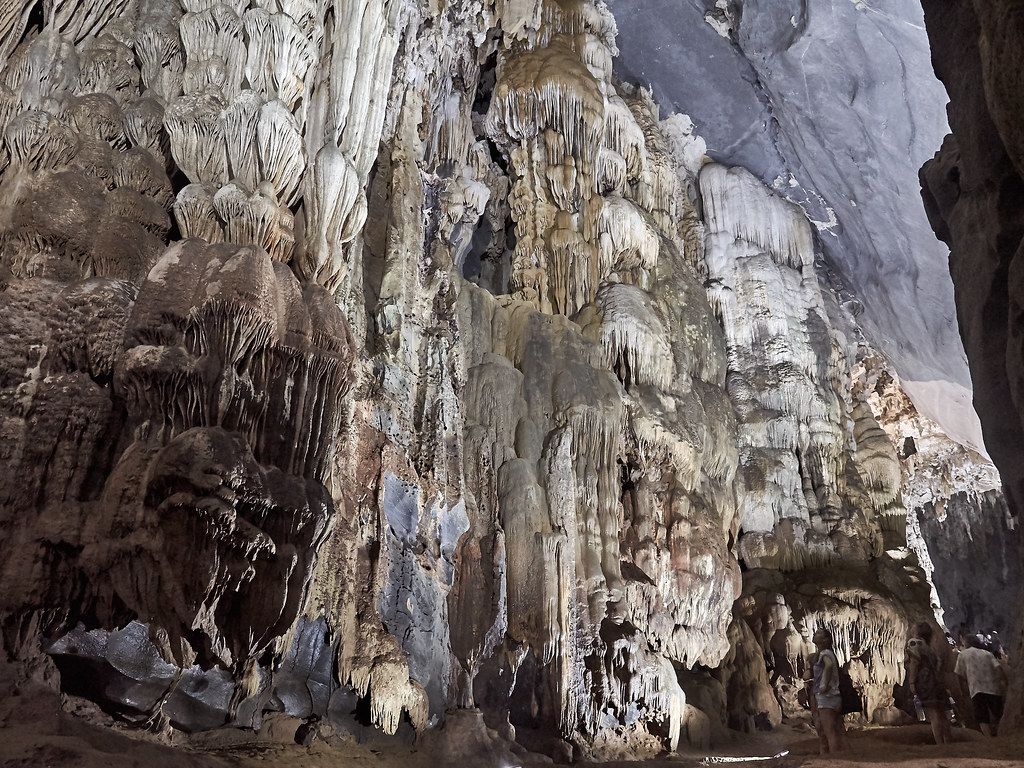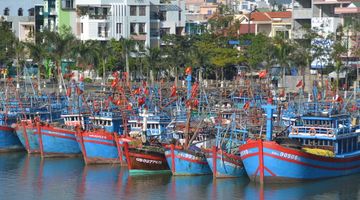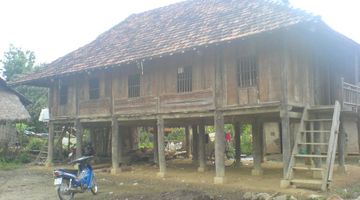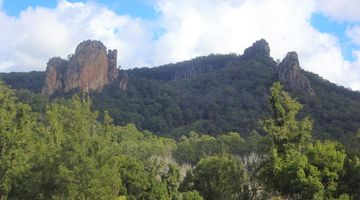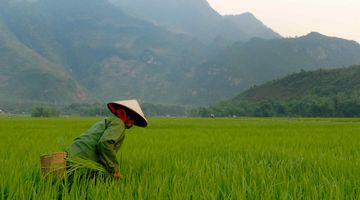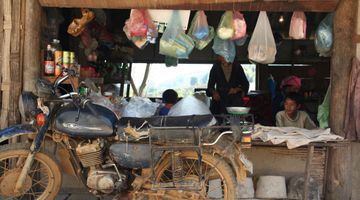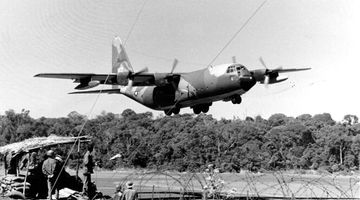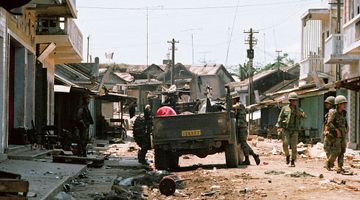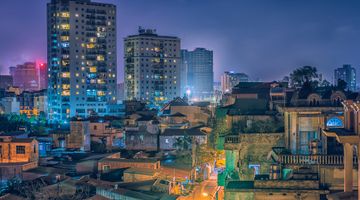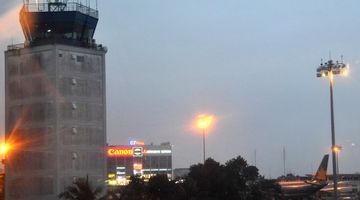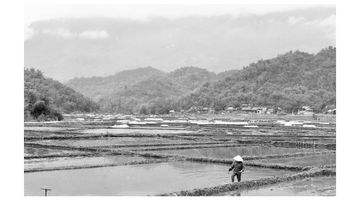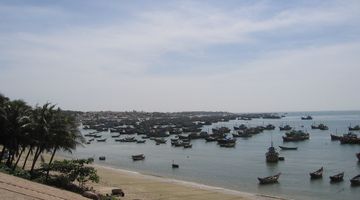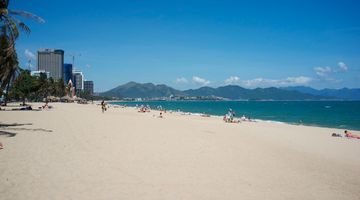Phong Nha
In a nutshell
Phong Nha, Vietnam, has made a serious name for itself in the tourism industry. What was once a tiny, one road town just north of the country’s central coastline is now drawing in tourists like magnets.
Why go to Phong Nha
This city serves as the base for Phong Nha-Ke Bang Park, which houses jaw dropping caves like you’ve never seen before. While a glimpse at real Vietnamese life can be found here, what travellers really come for is the cavernous exploration – and lots of it.
While the city constantly sprouts up more restaurants, hostels, and hotels for all the incoming tourists, one of the main things you’ll see on offer here are tours.
If you’re ready to shell out thousands of dollars for a truly one of a kind experience, you can be one of the 500 people per year who get the opportunity to tour the largest cave in the entire world, Hang Son Doong.
Plan ahead, though, because spots disappear as soon as they’re opened; cave trekkers often have to book an entire twelve months in advance.
Of course, if you’re willing to forego exploring the biggest of the caves, there are countless more just waiting to be seen, and for the majority of them, you’re not required to book a pricey tour.
When to go to Phong Nha
Fortunately, the rainy season in Phong Nha is relatively short, with the majority of downpours happening between September–November. If possible, avoid taking your trip during these months, as some of the caves tend to flood, closing them off to visitors.
The best time to visit the city and national park is from February-May, when it’s not too cold, too dry, or too wet. Instead, these months see mild temperatures with just enough rain to keep the rivers from drying up. Note that the summer months of June, July, and August can be scorching hot. If at all possible, plan your trip from February–May for the absolute best conditions.
Where to stay in Phong Nha
Son Trach is the actual town most visitors stay in when visiting, and the location most people refer to as Phong Nha. There’s certainly no getting lost here as there’s really only one road through town, with all hotels, hostels, and guesthouses scattered about, just waiting to be stumbled upon.
Generally, you’ll get excellent value for money in Phong Nha town, although it likely won’t be the most luxurious accommodation you’ve ever had. One of our favourite spots is Phong Nha Farmstay, which isn’t technically in Phong Nha, but at only eight kilometres out of town, it’s still a viable option well worth considering.
Where to eat in Phong Nha
As Phong Nha is relatively new to Vietnam’s tourist trail, you won’t find it bursting at the seams with endless options to eat like Ho Chi Minh City or Hanoi. Instead, you’ll be presented with a decent selection of hotel and hostel restaurants, home-style meals, and backpacker cafes.
That being said, expect to find slightly higher than normal prices since most of the food here is western or international style and catered to tourists. You can find hole in the wall type places if you’re willing to part from the crowds, and we suggest doing just that. However, if you don’t mind the slight price increase, any hostel or guesthouse should have just what you’re looking for.
Getting around in Phong Nha
The best way to get around Phong Nha is by hopping on the back of a motorbike, or hiring a bicycle of your own. The town is small, and most visitors flock to the national park, so if you’re staying nearby, not much transportation is needed.
Many tourists opt to explore the caves via tour, in which case you can get by using next to no public transport at all. Others like to explore the area on their own, in which case a bicycle can take you pretty much everywhere.
While you can rent a motorbike, and the convenience of it is wonderful for visiting the park, we’re always weary about doing so. Too often, traffic rules are ignored, and when an accident happens, if you don’t have the proper license, you can easily find yourself in a bind.
Getting in and out
Getting into Phong Nha isn’t quite as easy as Vietnam’s other big cities, but enough connections are made daily that you shouldn’t have any trouble finding your way.
If you’re making a beeline straight to the caves from inside or out of the country, the closest airport to fly into is in Dong Hoi, about 40 kilometres away from the centre of town. You won’t be bombarded with flight options if this is your entry point, but there are several trips from Ho Chi Minh City and Hanoi per day. From HCMC, you can find tickets for as low as USD98 on VietJet Air, with the trip lasting about an hour and a half. Alternatively, from Hanoi, expect a longer travel time including layovers and a much steeper ticket price of USD200 and up.
If you prefer to travel overland, it’s possible to take the train into Dong Hoi, as well, and then secure private or public transport into Phong Nha town itself. While the train system is perfectly fine, a trip on The Reunification Express from or to Hanoi takes a long ten hours and costs between USD30-50, and the journey from or to HCMC lasts almost an entire twenty four hours with prices around USD50-80.
Because of the cost and convenience, our most used method of transport to this part of the country is by bus. There are direct buses with Grouptour from Hanoi to Phong Nha costing about USD15 and taking between 10 and 12 hours.
You can get to Phong Nha from Hue with The Sinh Tourist or Hue Tourist for USD12-14; both companies will bring you to your destination in about 5 hours. These buses often have sleeper options available.
Safety in Phong Nha
Safety in Phong Nha is not something most travellers need to worry about; the city doesn’t see much crime.
Transportation at night outside of the city can be a bit treacherous with poorly lit roads, so be cautious if you’re traveling in the dark.
Lastly, drinking tap water in Phong Nha is to be avoided, and bug spray or mosquito nets are highly encouraged.

